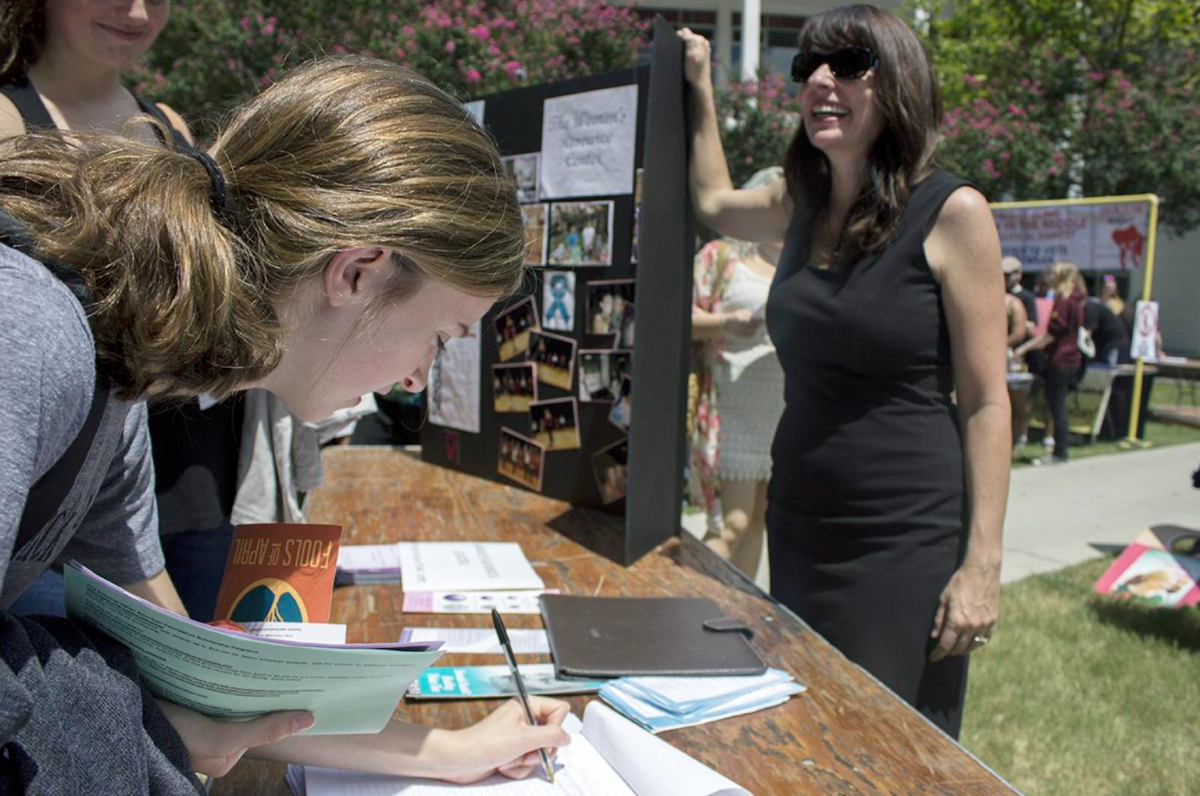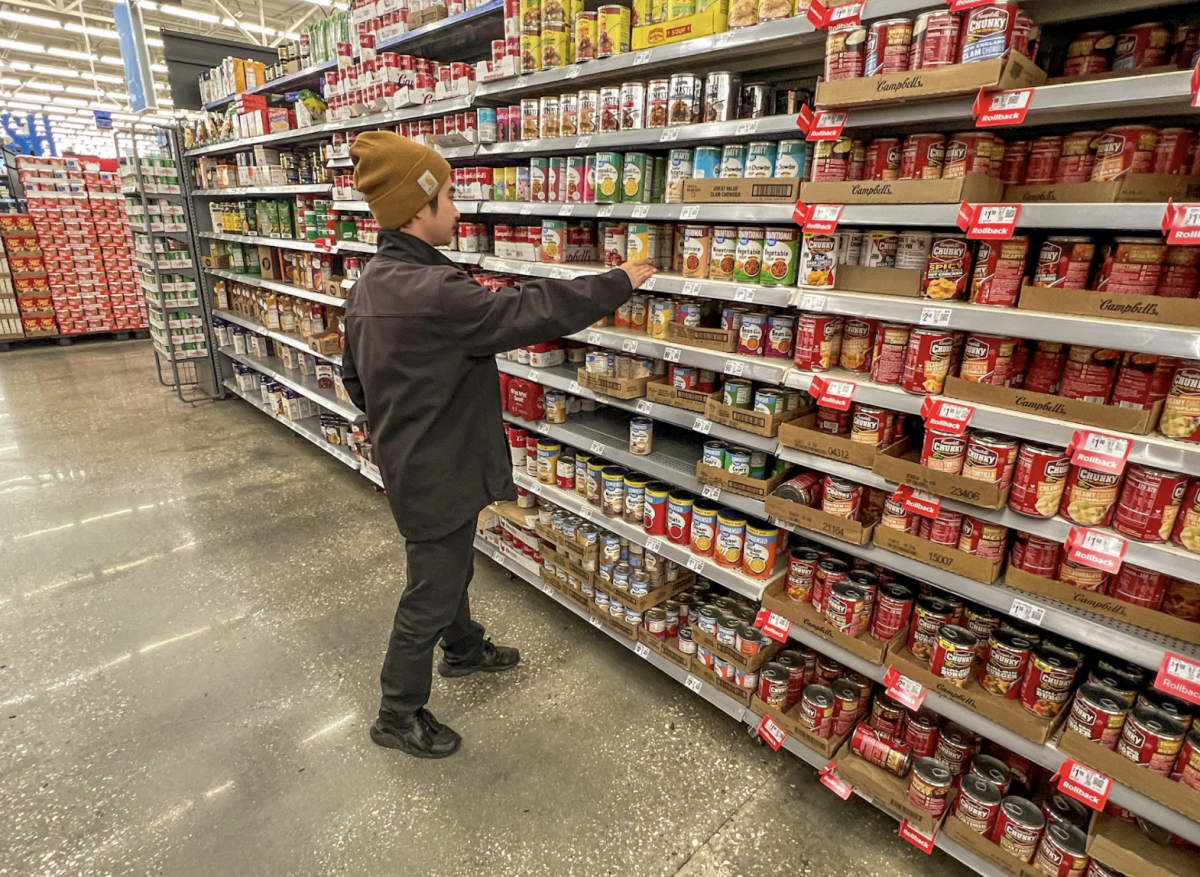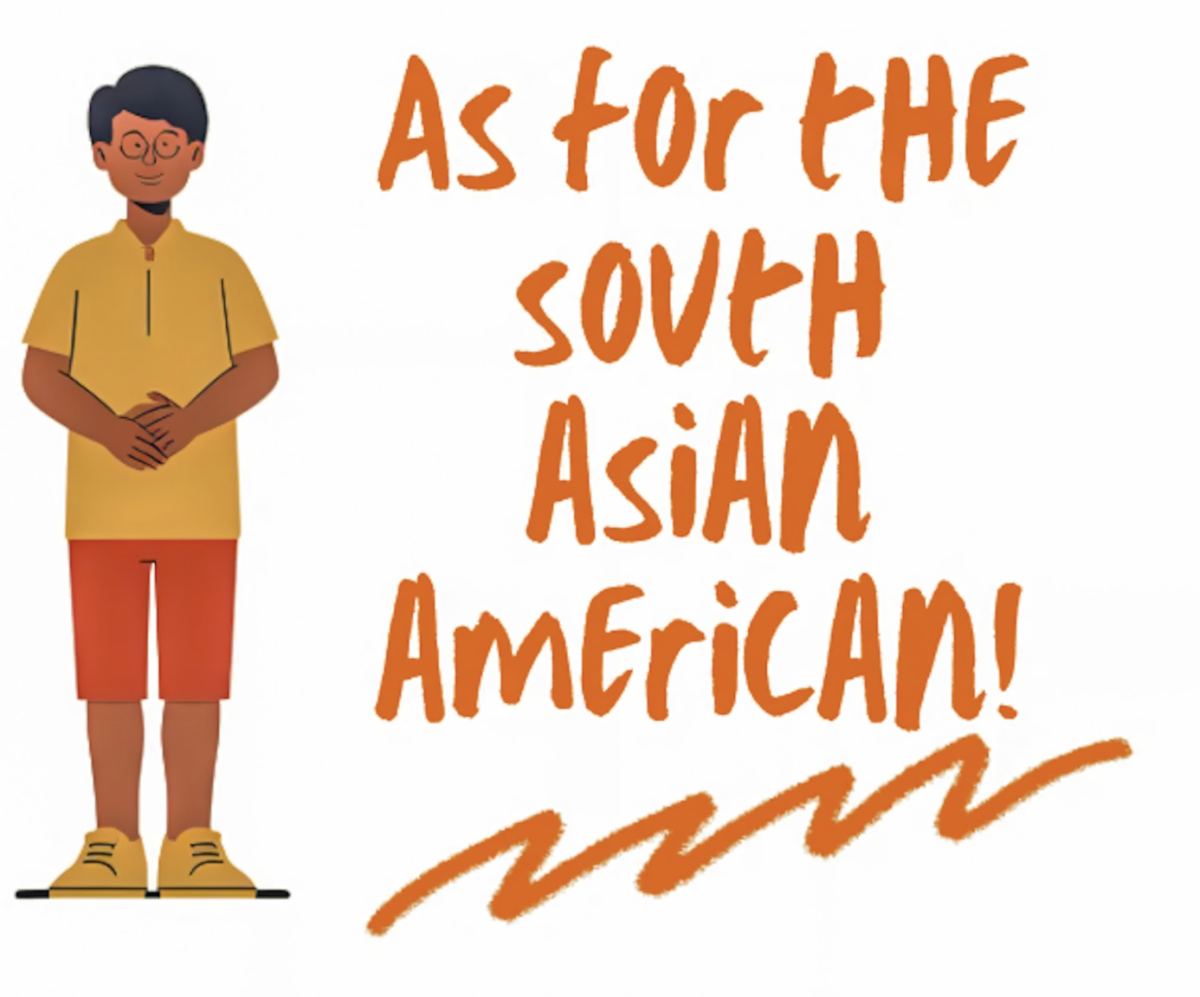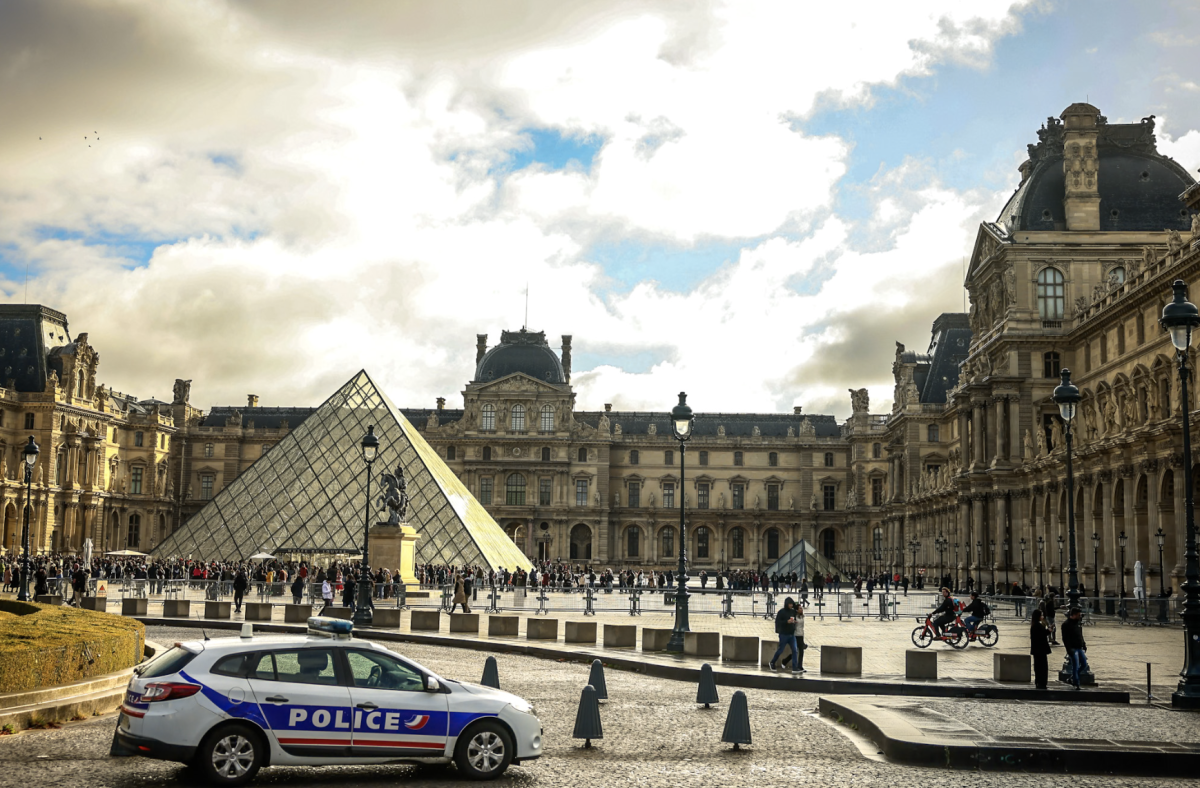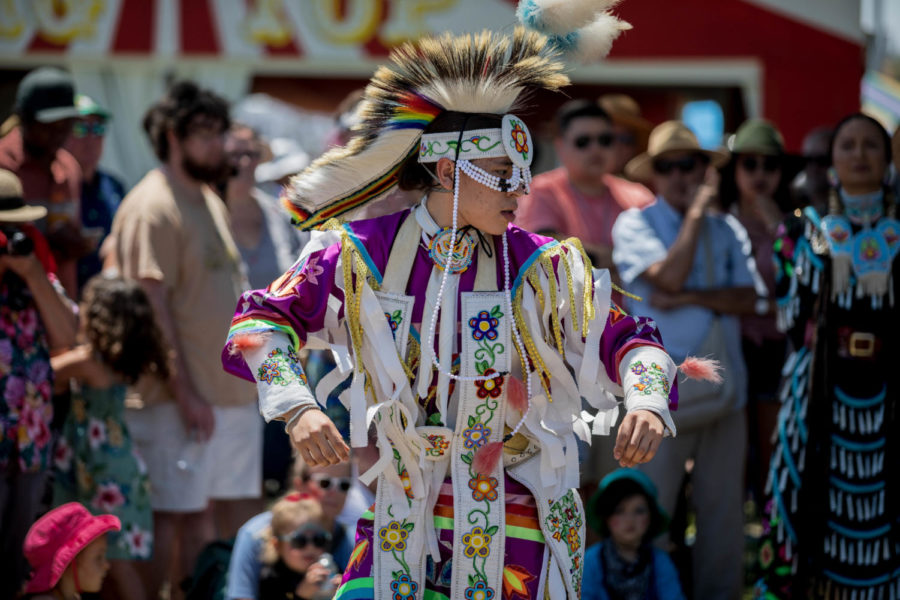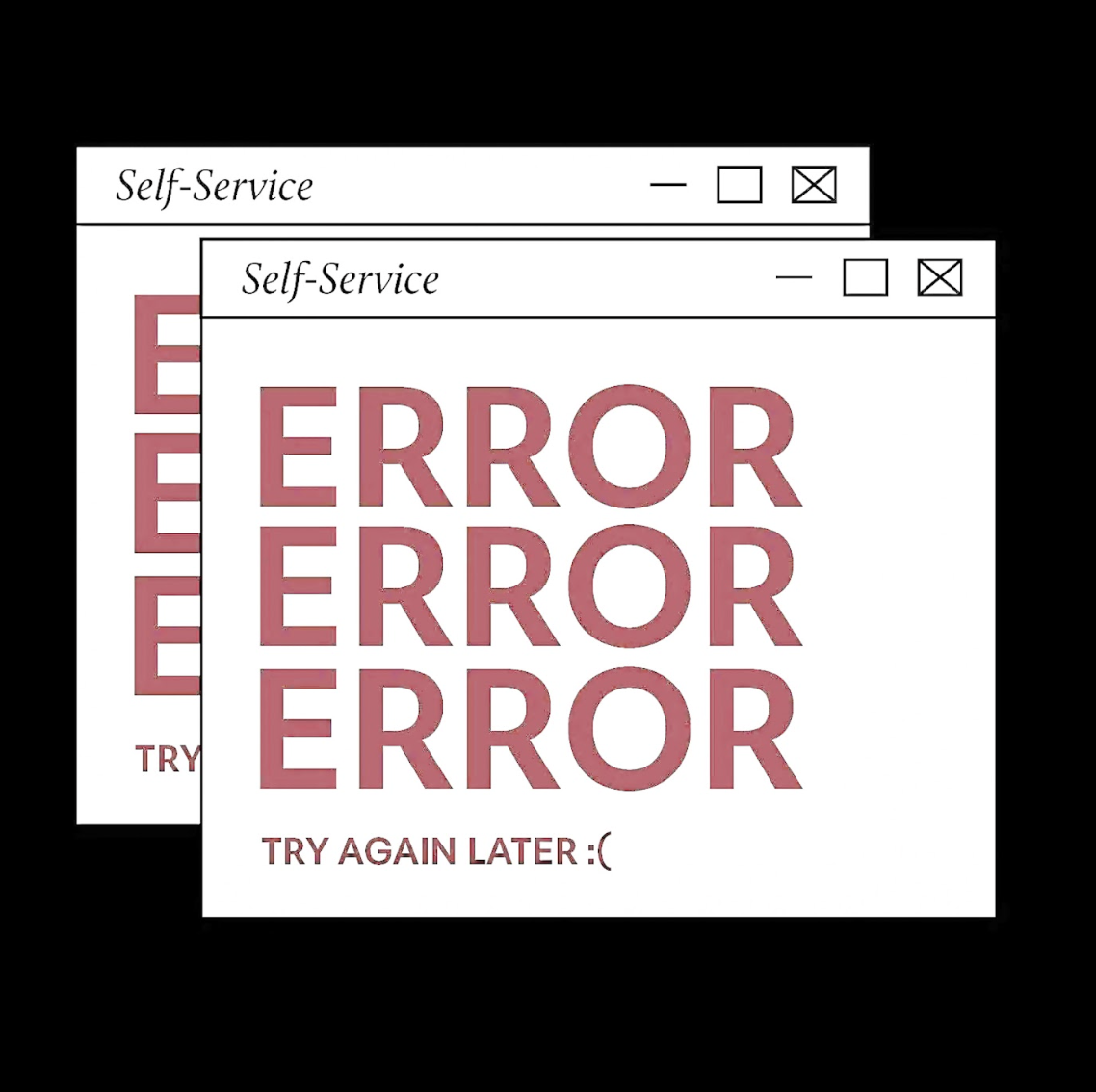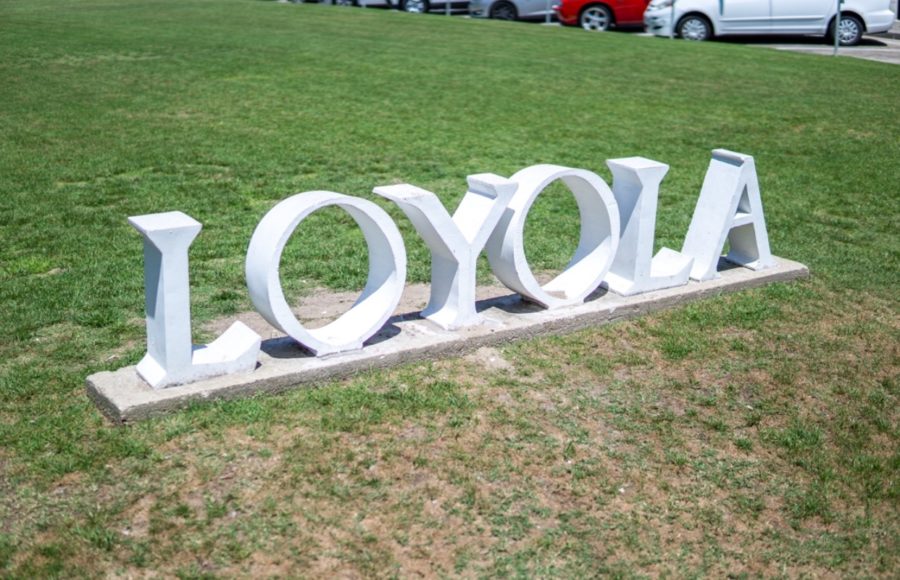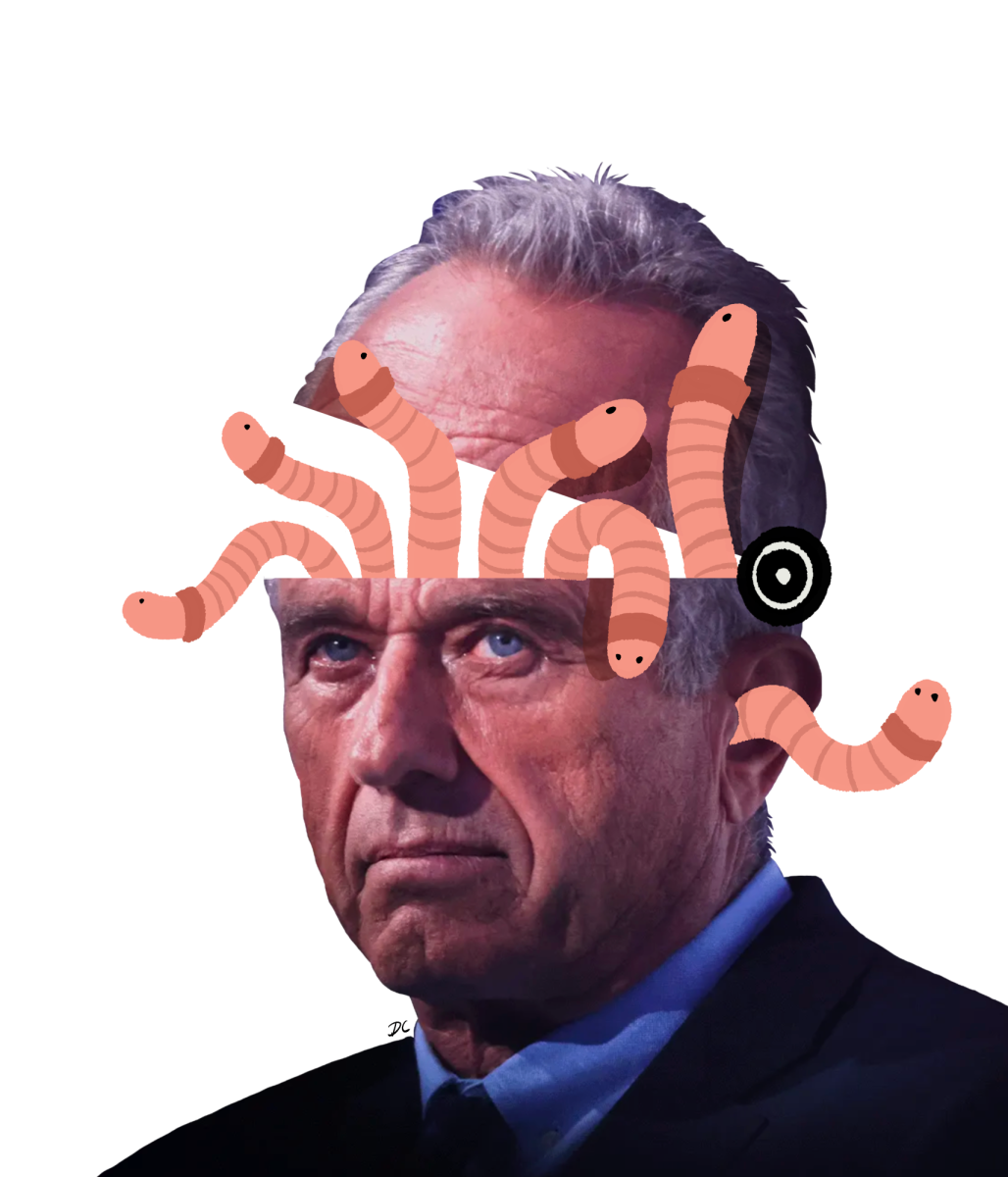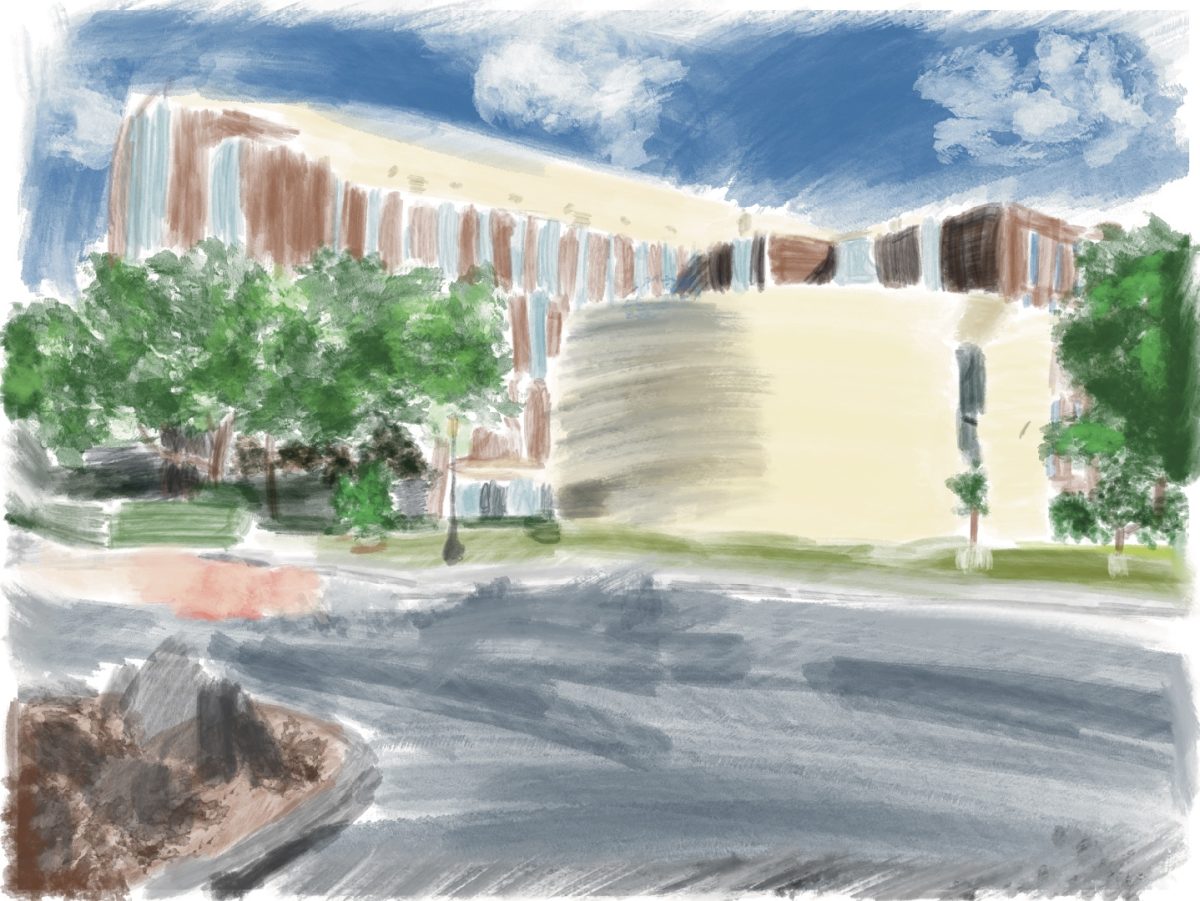J. Christopher Brown
Loyola community member
jcbrown@loyno.edu
This is part 4 of J. Christopher Brown’s series on the history of opiates.
Following World War II and the resurgence of the Mafia, the global heroin trade increased. The monopoly of shipping for the war effort ended, and strict control of customs relaxed. The Sicilian Mafia diverted heroin legally produced in Italy into the illicit trade; New York City was the largest market. After the Italian government curtailed the legal production of heroin, the Mafia began to produce their own from Turkish opium. In the 1950s Turkey was the largest producer of opium for medical use, but some of this legal opium was diverted to the illegal trade. The opium was smuggled into Marseille, France, and the heroin produced in clandestine laboratories controlled by the Corsican underworld; the Sicilian Mafia formed a partnership with the Marseille gangs, negotiated by mob bosses Lucky Luciano and Meyer Lansky.
In New York heroin use was common among jazz musicians and people associated with the entertainment industry. Famous musicians, including Charlie Parker, Billie Holliday and Miles Davis were heroin users, which gave a cachet of acceptability to heroin. Some aspiring musicians began to use heroin, thinking it would help them succeed in music. This made as much sense as cutting off an ear in order to paint like Vincent van Gogh.
From New York heroin was distributed to other major cities and then to smaller cities. Mafia wholesalers serviced black and Latino dealers, who were not directly involved in producing or smuggling heroin, and heroin became a major destructive force, especially in African-American neighborhoods.
After Turkey eliminated opium production, the Mafia had to turn to other sources, primarily the “Golden Triangle,” where Thailand, Laos and Burma meet. The area is very mountainous, and the central governments had little authority there. The mountain tribes had cultivated opium for centuries for local use. Because of France’s colonial history in the former “French Indochina,” the French underworld was able to use Oriental gangs and warlords to increase the production of opium in the Golden Triangle.
During the U.S. war in Vietnam, very pure, cheap heroin was sold on the streets of Saigon, and some GIs began using heroin. U.S. authorities estimated that 10 to 15 percent of American military personnel used heroin. Many of these GI addicts were detoxified in Vietnam under military supervision and had a very low rate of relapsing into addiction again. In contrast, addicts in the USA had a very high rate of relapse, illustrating the importance of social factors in maintaining addiction. People who became addicted overseas and returned to drastically different conditions at home had greater success in ending their addiction. People who became addicted in slum neighborhoods in American cities and returned to these same neighborhoods after treatment found it much more difficult to remain drug-free.
After the Vietnam war ended, the Golden Triangle continued to be a source of opium, and production increased in Pakistan, Iran, and Afghanistan. The Soviet Red Army occupied Afghanistan from Dec. 1979 to Feb. 1989 in a failed attempt to prop up a pro-Soviet government. Many Soviet soldiers came back from Afghanistan addicted to heroin, beginning a very serious addiction problem in the former Soviet Union.
After the USSR left Afghanistan, neither the Taliban nor the pro-American government that replaced it were able to suppress the opium trade. Afghanistan today is the world’s largest producer of opium, and some Afghan officials have been credibly alleged to profit from the opium/heroin trade. In recent years heroin production has increased in the Americas. Mexico has been producing a low grade of cheap heroin for some years. More recently, Colombian gangs, previously specializing in cocaine, have been adding heroin to their business plans.
Opium poppies are grown in remote areas in the Colombian mountains and refined into what is reputed to be the most potent heroin in the world, approaching 80 percent purity; formerly, American addicts had been accustomed to heroin that was only about 5 percent pure. This increasingly powerful heroin is responsible for a dramatic increase in deaths from heroin overdose. From 2002 to 2013 there has been a 63 percent increase in heroin use in the USA and a 286 percent increase in heroin-related overdose deaths.



